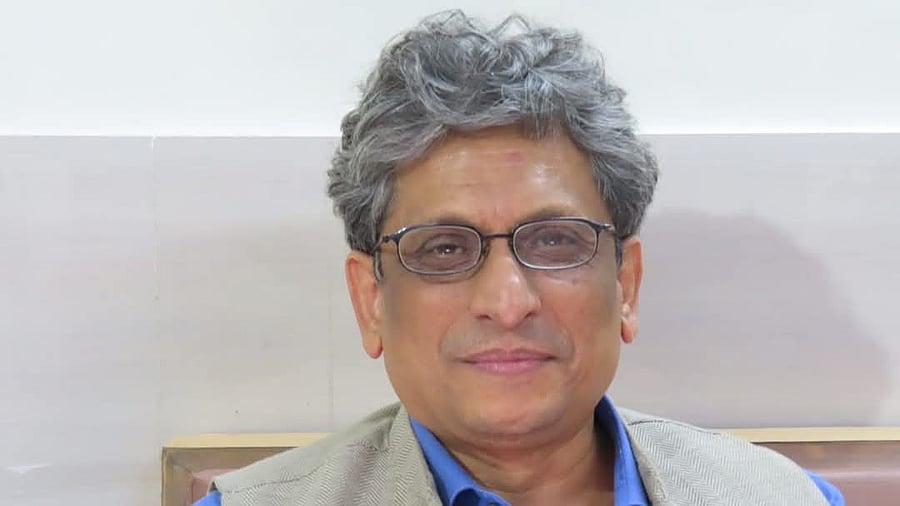
Astrophysicist Somak Raychaudhury
Credit: Special arrangement
Astrophysicist Somak Raychaudhury, former director of the Inter-University Centre for Astronomy and Astrophysics, Pune, has co-chaired a panel to prepare a vision document for astronomy research in India. Raychaudhury, currently the Vice Chancellor of Ashoka University, spoke to DH’s Kalyan Ray on the significance of having astronauts in space and how Group Captain Shubhanshu Shukla’s upcoming voyage would be different from Wing Commander (retd) Rakesh Sharma’s space trip.
Excerpts:
Why do we see a return of astronauts in space missions nowadays?
Human missions were rare in space programmes. When you send humans on space missions, the risk factors become so much higher. The missions become expensive because of the safety margins that need to be created for humans. The missions to the Moon in the 1960s and 1970s were basically technology demonstrations. There were no long-term scientific objectives. But the nature of space exploration has changed in the last 50 years, necessitating the involvement of astronauts.
What are the changes?
A lot of serious scientific missions are now carried out in space. In some of these missions, human involvement was necessary. We repaired the Hubble Space Telescope at least three times. Astronauts went and repaired the telescope, changed the cameras and computers. That’s the reason the Hubble Space Telescope lasted for 35 years. If you want to do activities in space that are highly technological, you need astronauts. We did the same with the ISS. It is no longer about technology demonstration but about doing serious science.
Secondly, the nature of space exploration is becoming commercial. Over the next few decades, the commercial aspect of space will be mining asteroids for minerals that are not available on Earth; maybe even mining the Moon because it has the identical mineral as those found on Earth. And the depth at which certain minerals are found on the Moon is different from that on Earth. So, it may be more economical to mine certain essential minerals on the Moon. To mine the asteroids, we need to set up a base on the Moon. So, it is becoming commercial and private companies are coming to space for that reason. The prediction is that by 2030, the global space industry will be a trillion-dollar industry. This trillion-dollar industry is geared up for the commercial exploitation of space. If you want to do these kinds of activities, like colonisation of nearby astronomical bodies and mining, you will need human astronauts.
Compared to Rakesh Sharma’s 1984 trip, the ISRO now has programmes like Gaganyaan and Bharatiya Antriksh Station, apart from planning to have an Indian on the Moon. How do you view such progress?
Rakesh Sharma’s space trip was an experiment. He has been inspirational. That was very much like man on the Moon in the 1960s and 1970s. It was a heroic activity, but symbolic. India didn’t have a follow-up programme. Currently, space is a 500-billion-dollar industry, and India’s share is just 2%. India has to get into the private space industry, and when commercialisation of space happens, India needs to play an important part. Now, if we need to have a whole generation of astronauts, we need to start the programme. Group Captain Shubhanshu Shukla’s trip marks a new era – the era of Gaganyaatris. This will be a game-changing moment to show that we are serious about building our astronaut corps.
